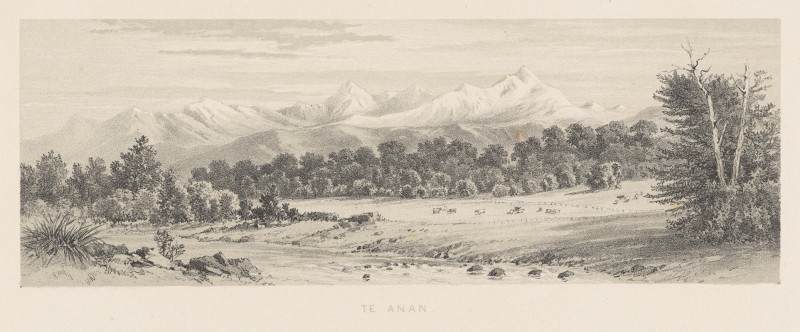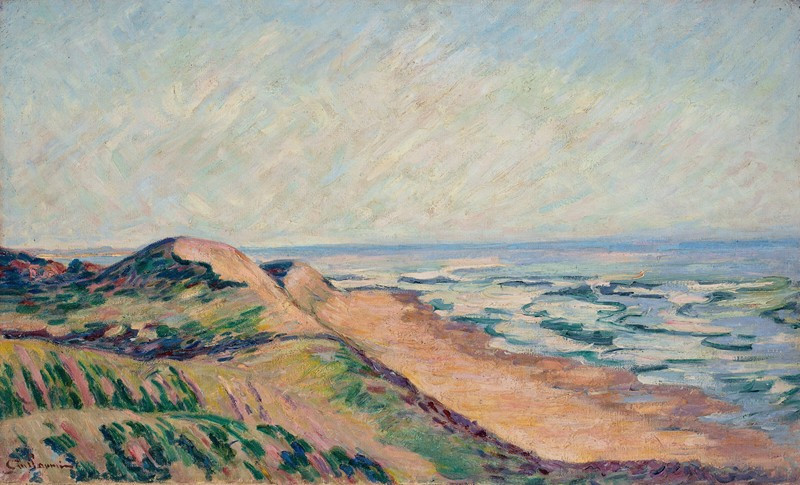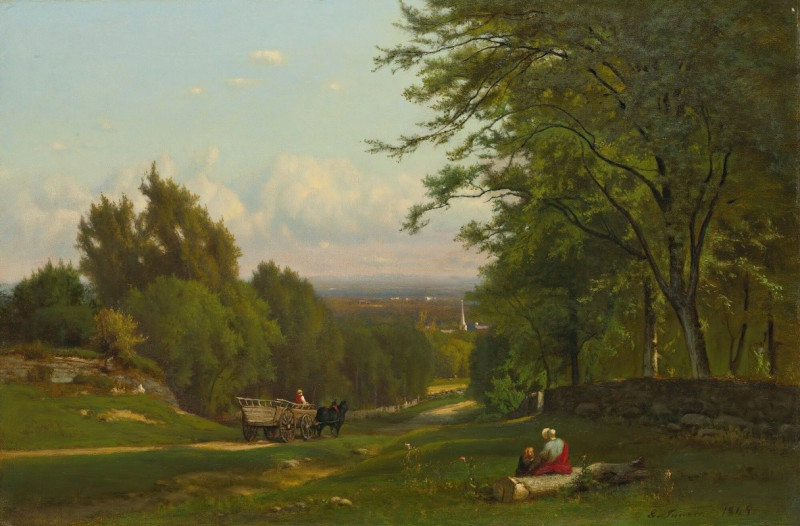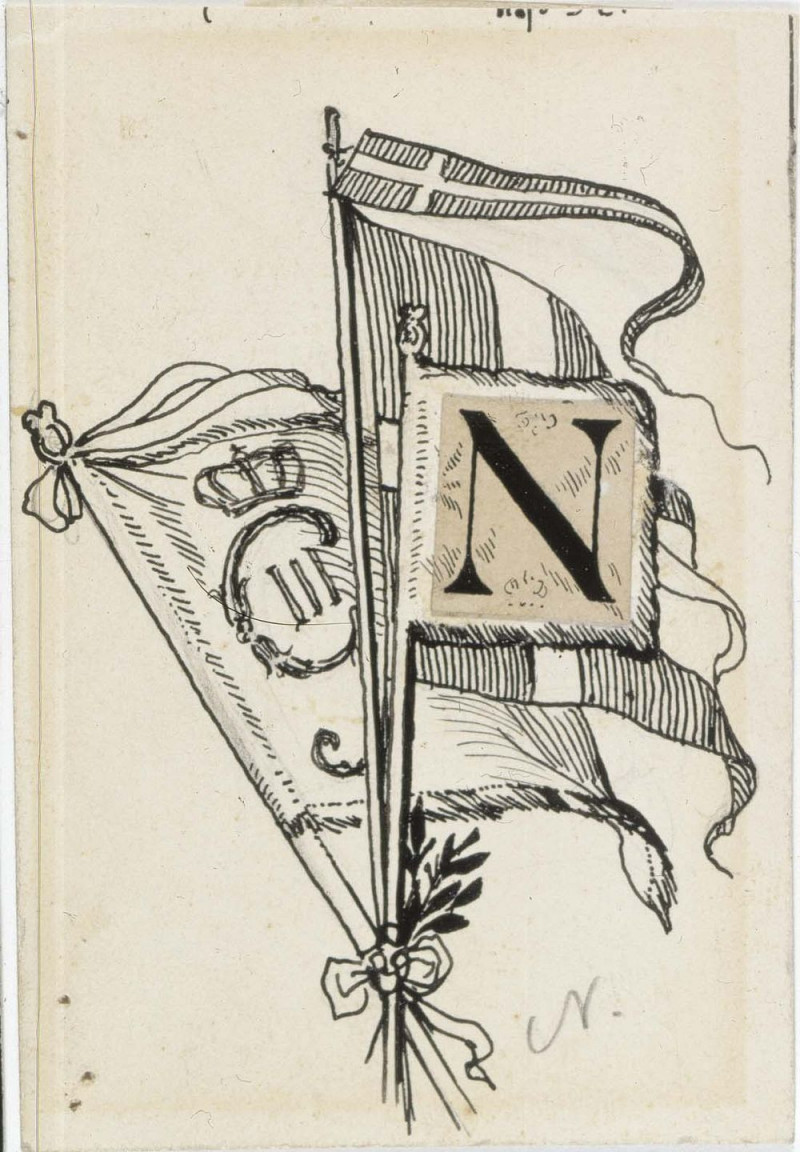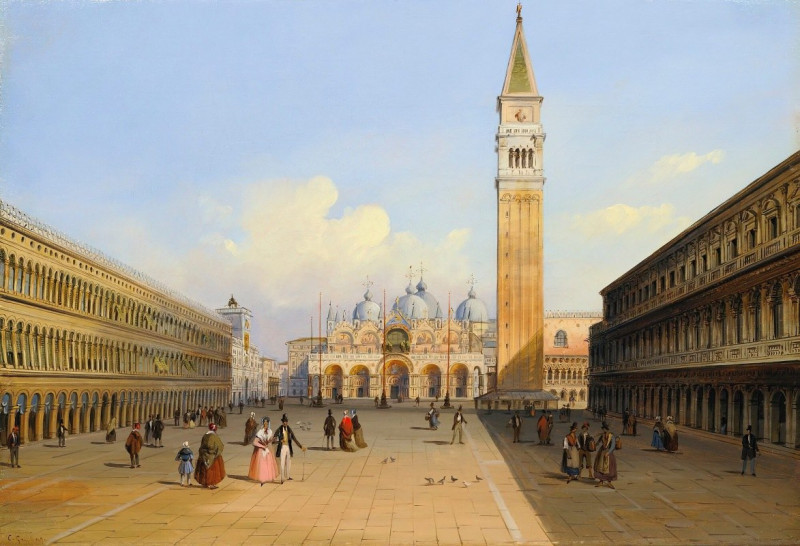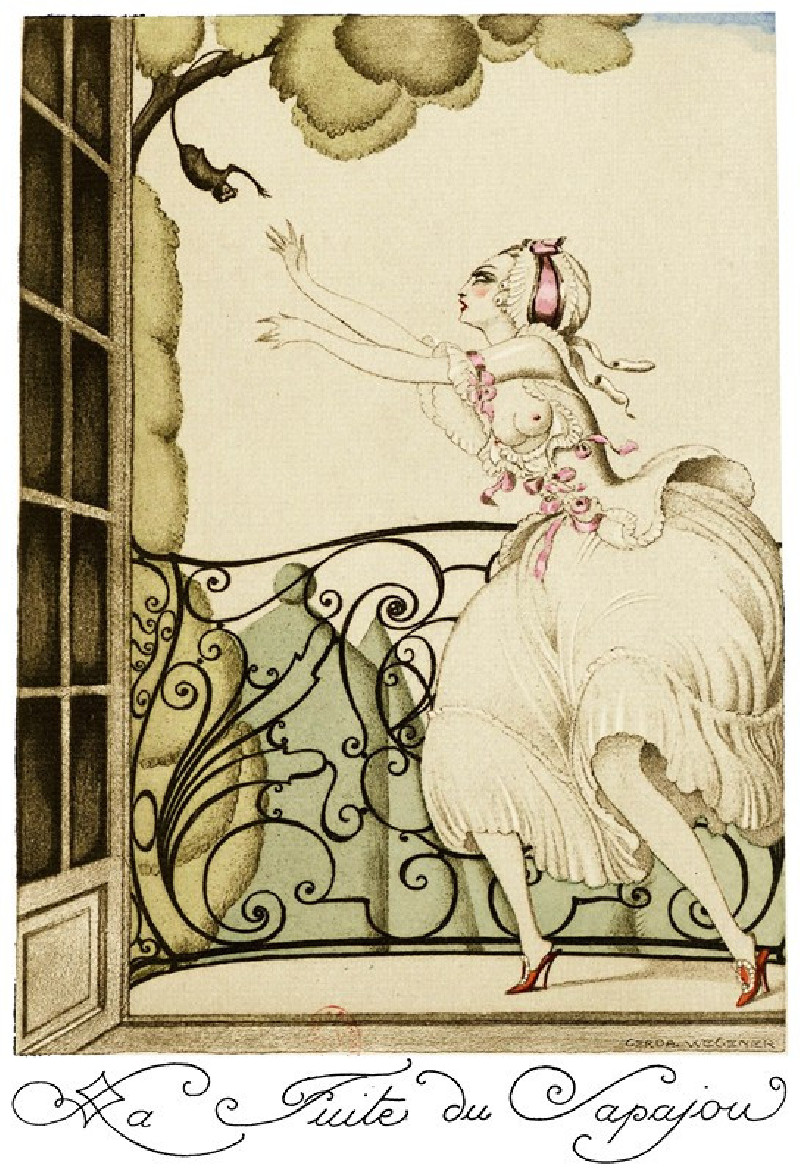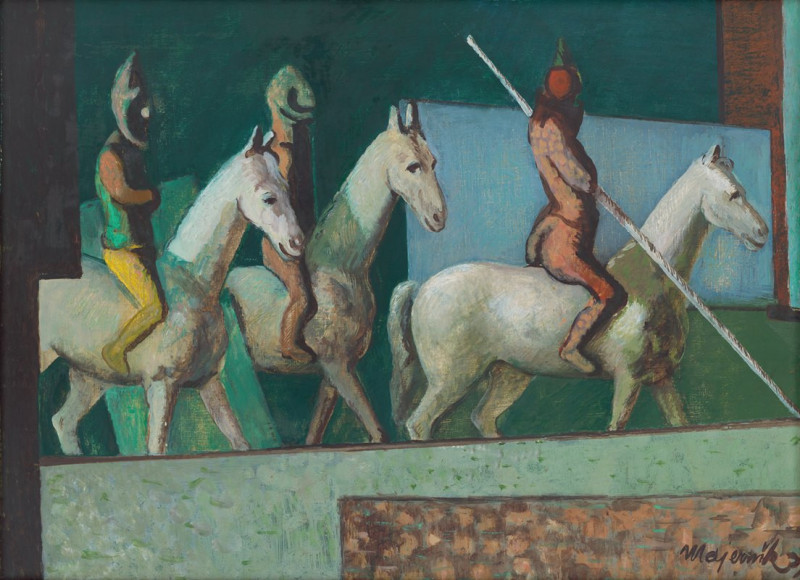Portrait of a Woman (1911)
Technique: Giclée quality print
Recommended by our customers
More about this artwork
Ernst Ludwig Kirchner’s "Portrait of a Woman" (1911) is a striking work of Expressionism, an art movement known for its emphasis on emotional expression over physical reality. The painting depicts a woman seated, her gaze slightly averted, exuding an air of introspective melancholy. Kirchner utilizes bold, contrasting colors and stark outlines to capture the essence of the subject rather than her precise anatomical details.The woman’s features are rendered in a simplified manner with green and red hues accentuating her pale face, which starkly contrasts against her deep blue blouse and black hair. The background, composed of vivid reds, greens, and a touch of orange, does not attempt to realistically portray a setting but instead complements the emotional intensity of the figure.This composition showcases Kirchner's interest in the interplay between color and mood.
Delivery
Returns
Ernst Ludwig Kirchner (1880–1938) was one of the most important German Expressionist painters. He was a co-founder of Die Brücke, a group of German expressionist artists formed in Dresden in 1905. Die Brücke and Kirchner took inspiration from Vincent Van Gogh and Edvard Munch, as well as African and Oceanic art. They used woodblock printing as a medium to showcase their signature style: flat, unrealistic images with vivid colors. The recurring themes in Kirchner's artworks included exotic cultures, faraway landscapes, self-portraits, dancers and Berlin street life. His paintings and prints effectively portrayed non-European cultures despite the fact that he never traveled outside of Europe.

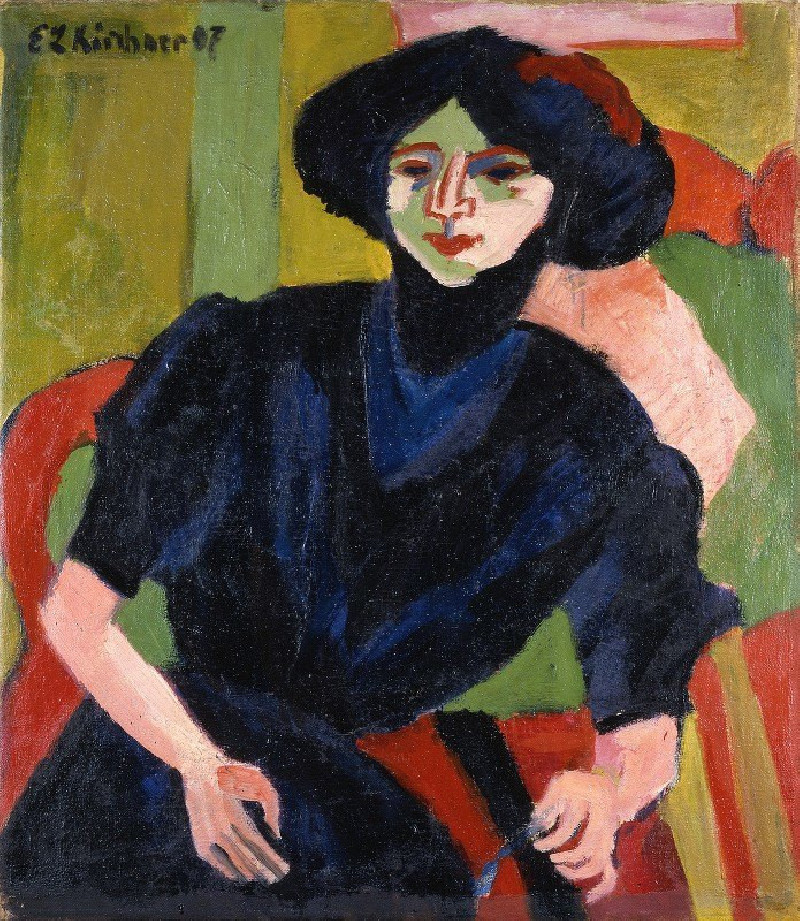
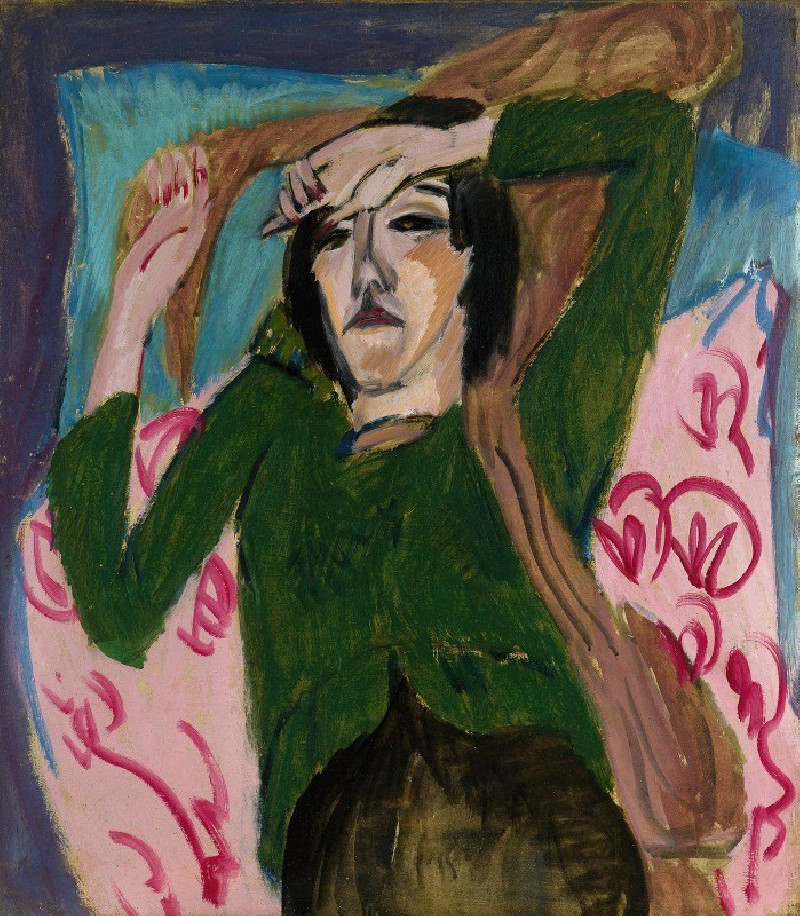
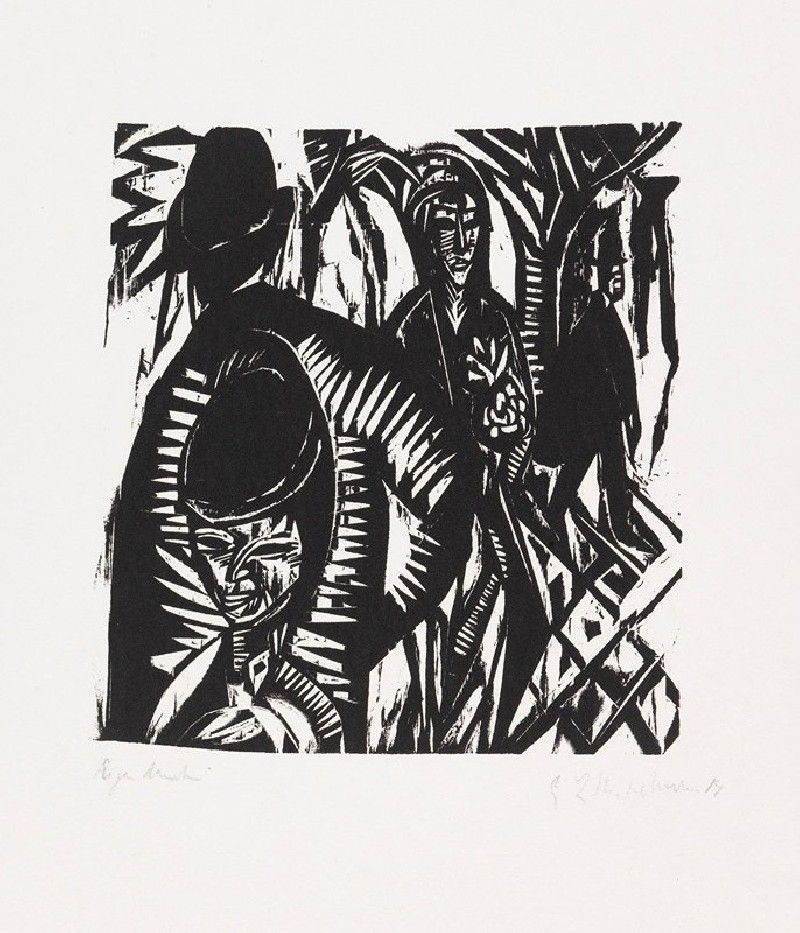
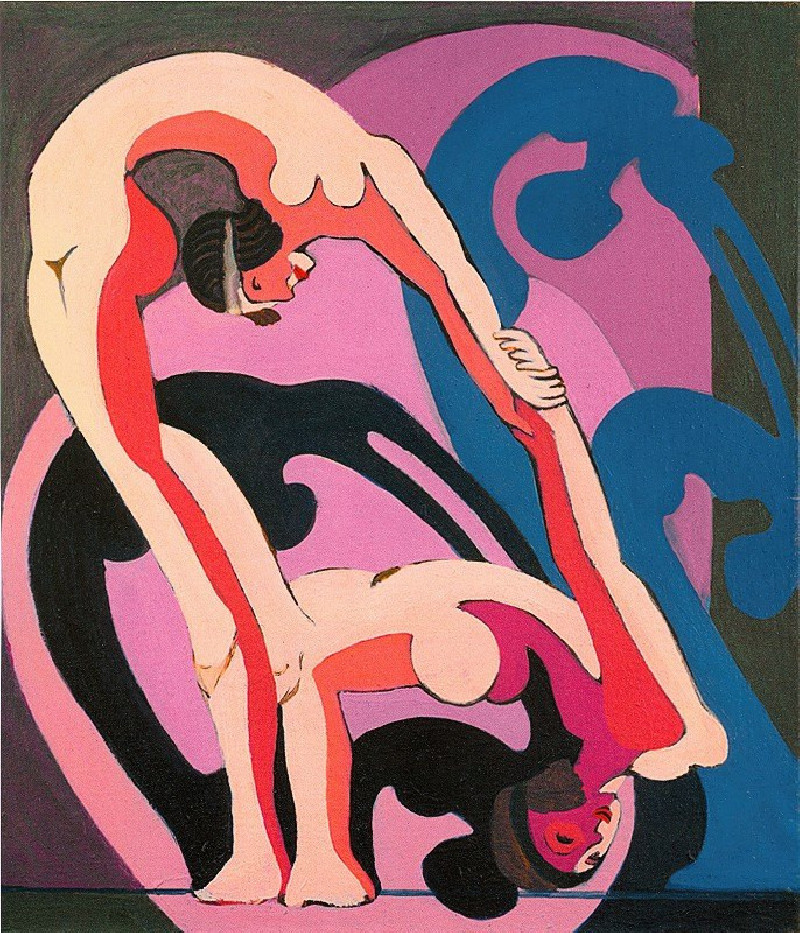

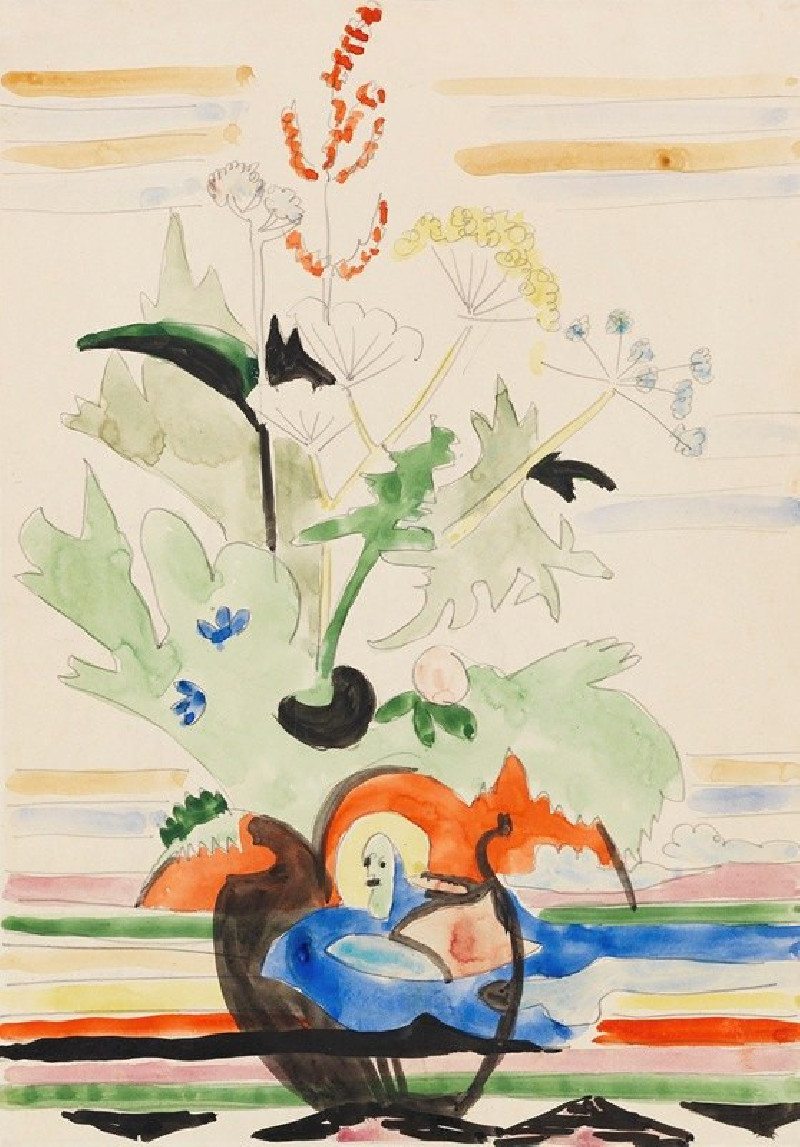
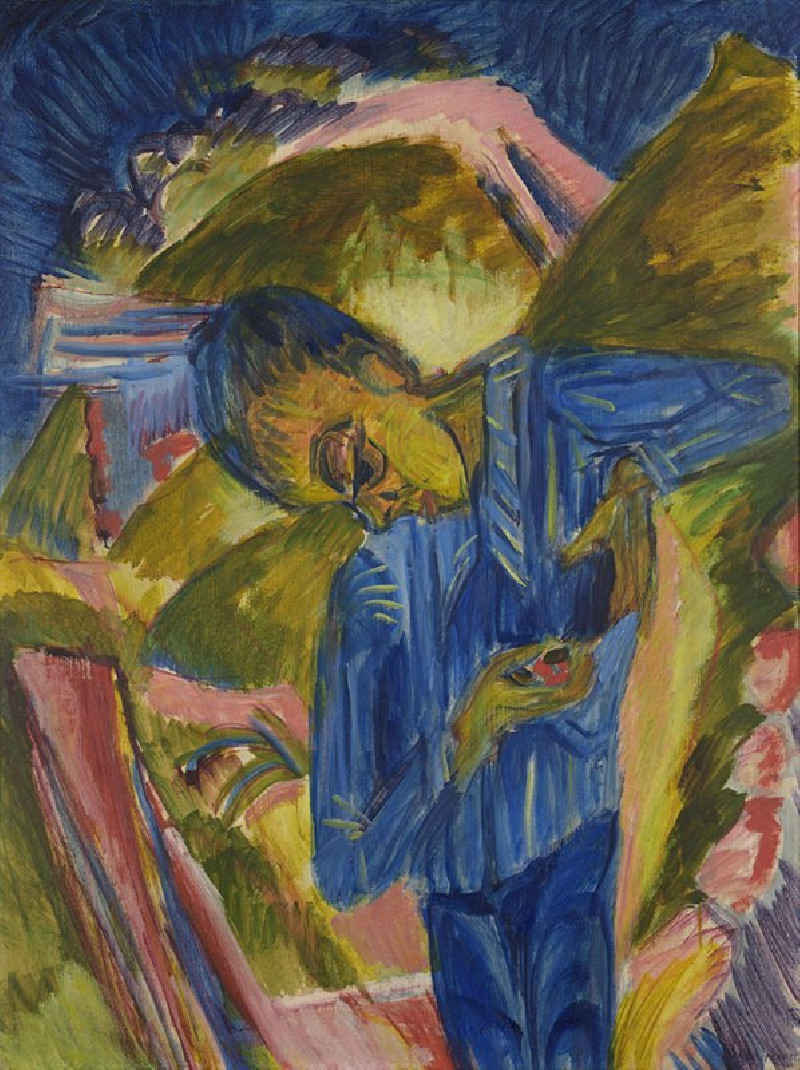


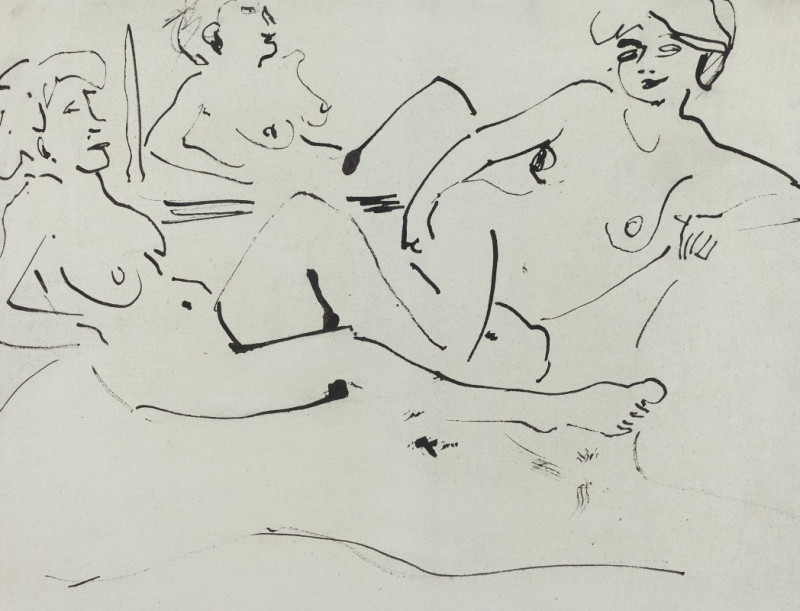
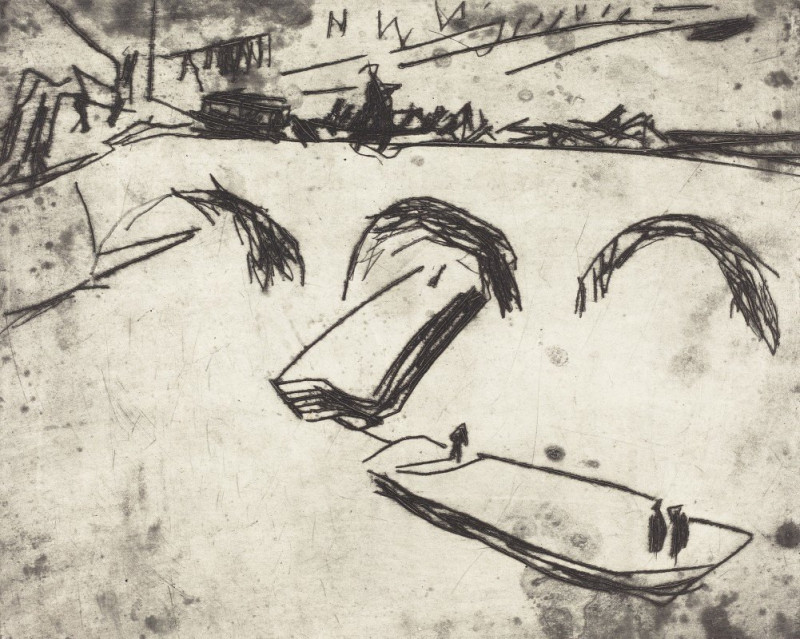
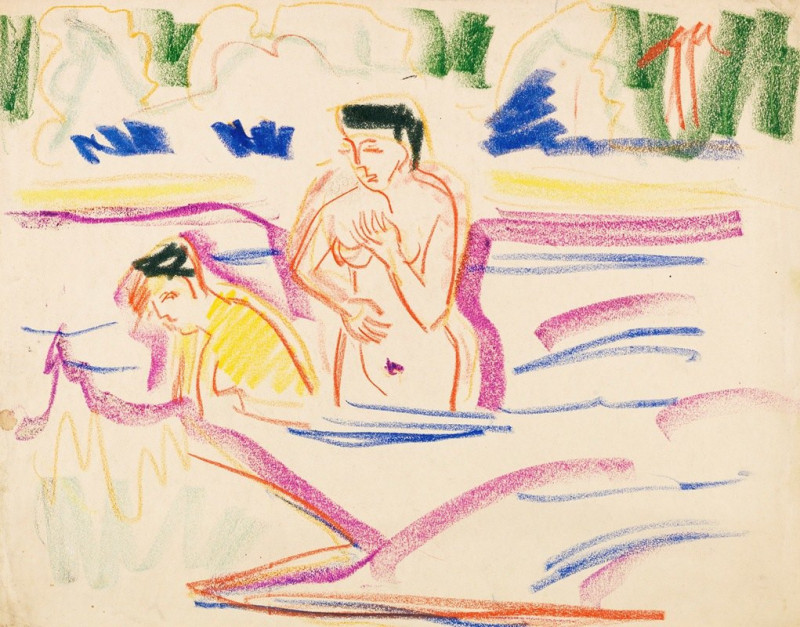
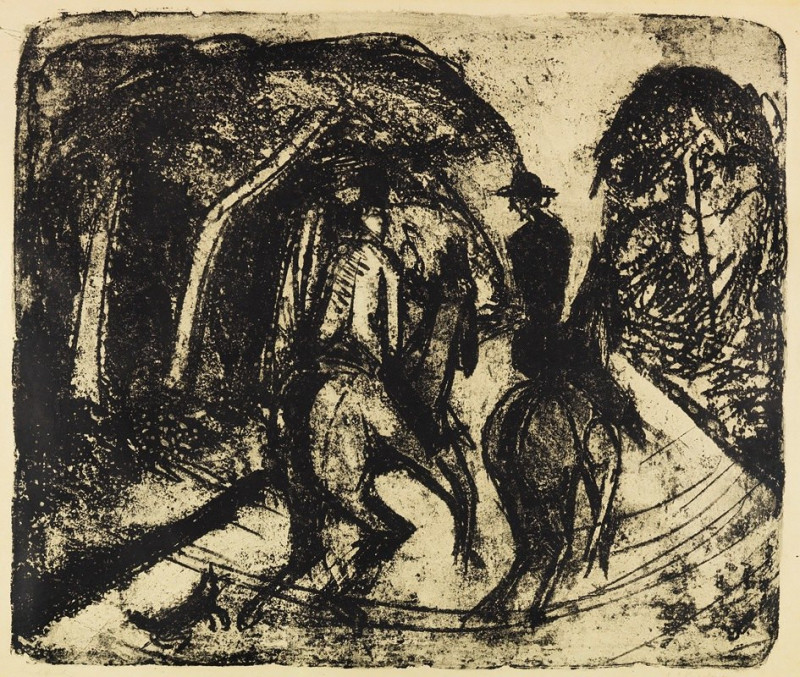
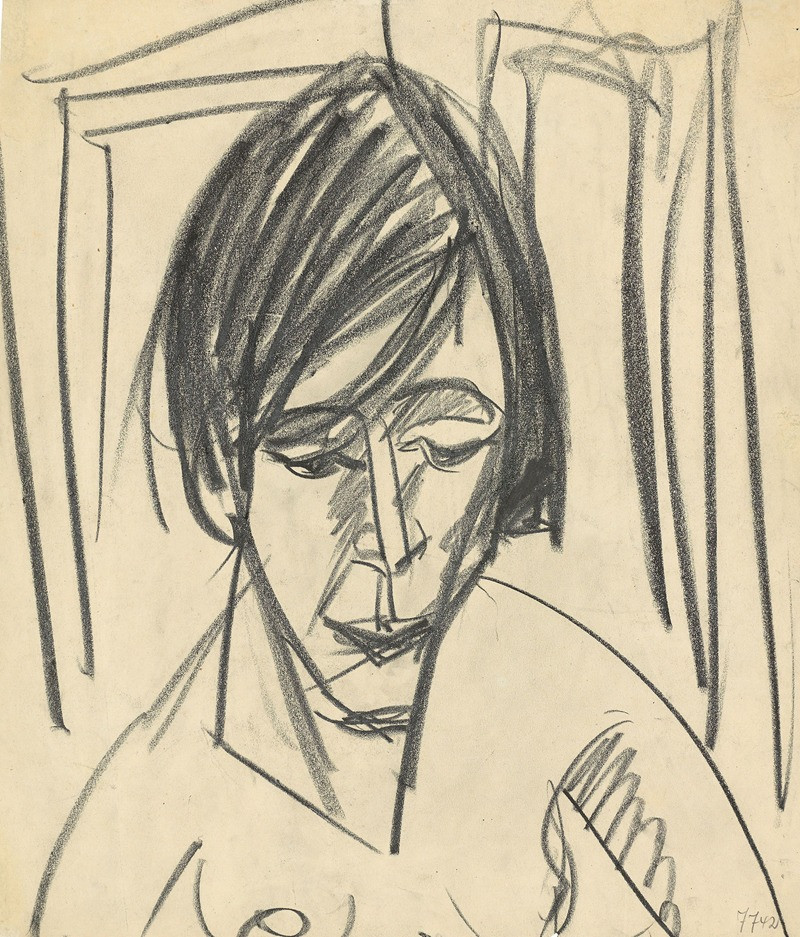
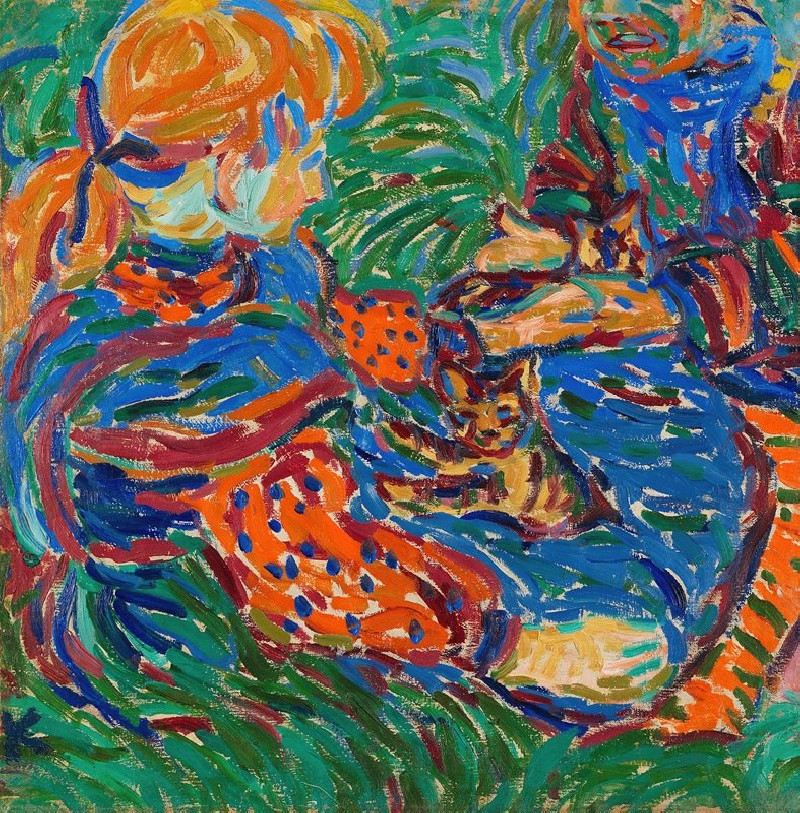
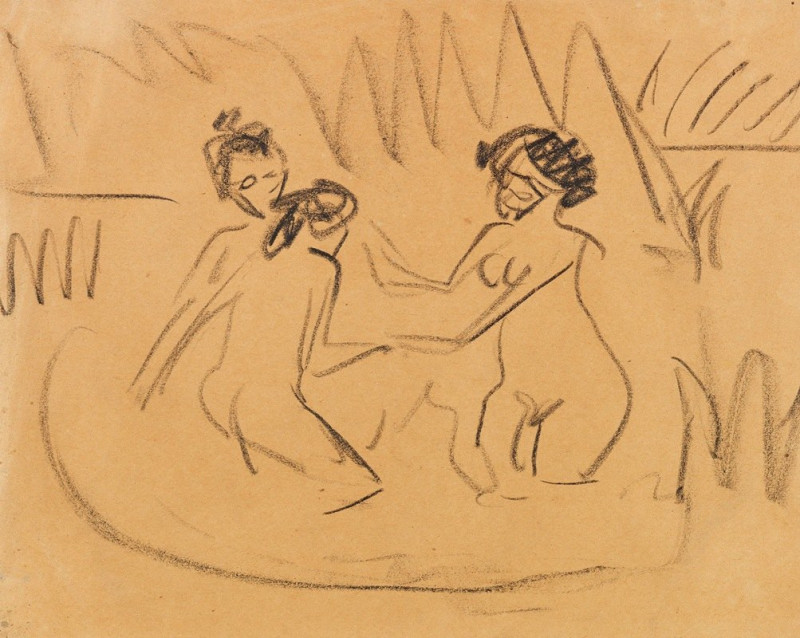
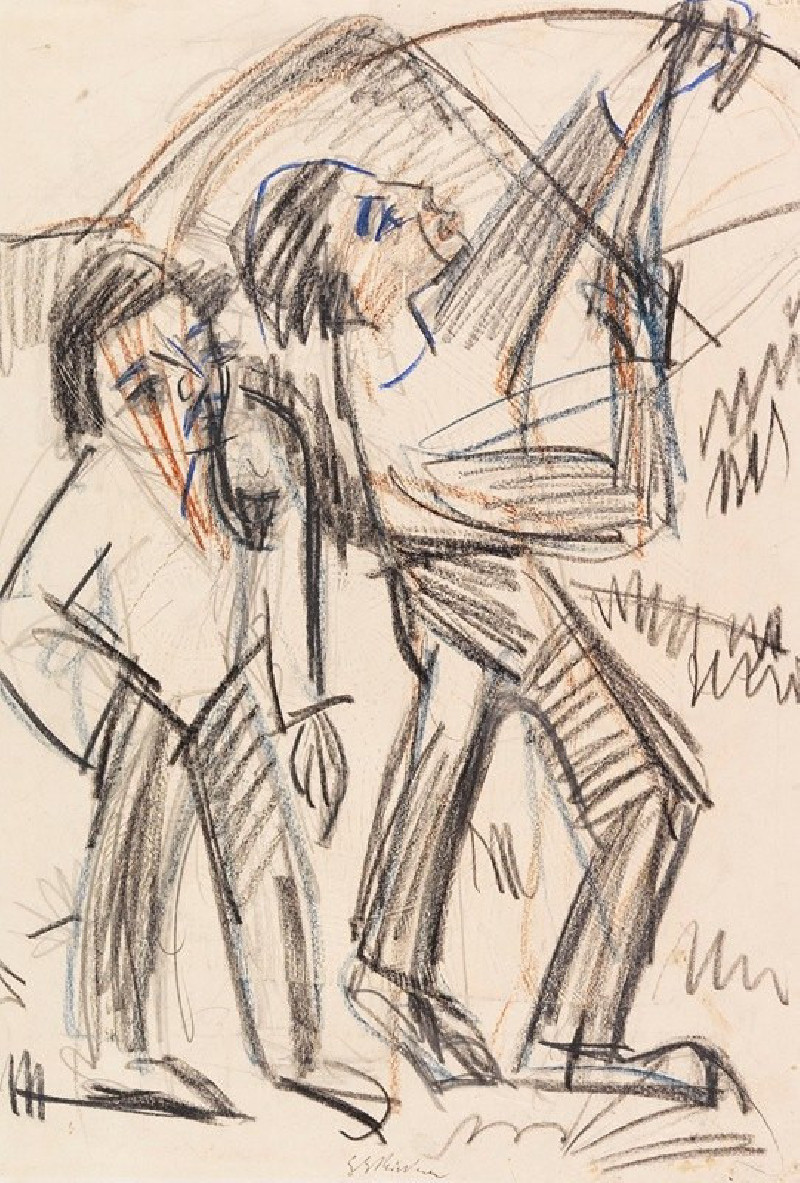
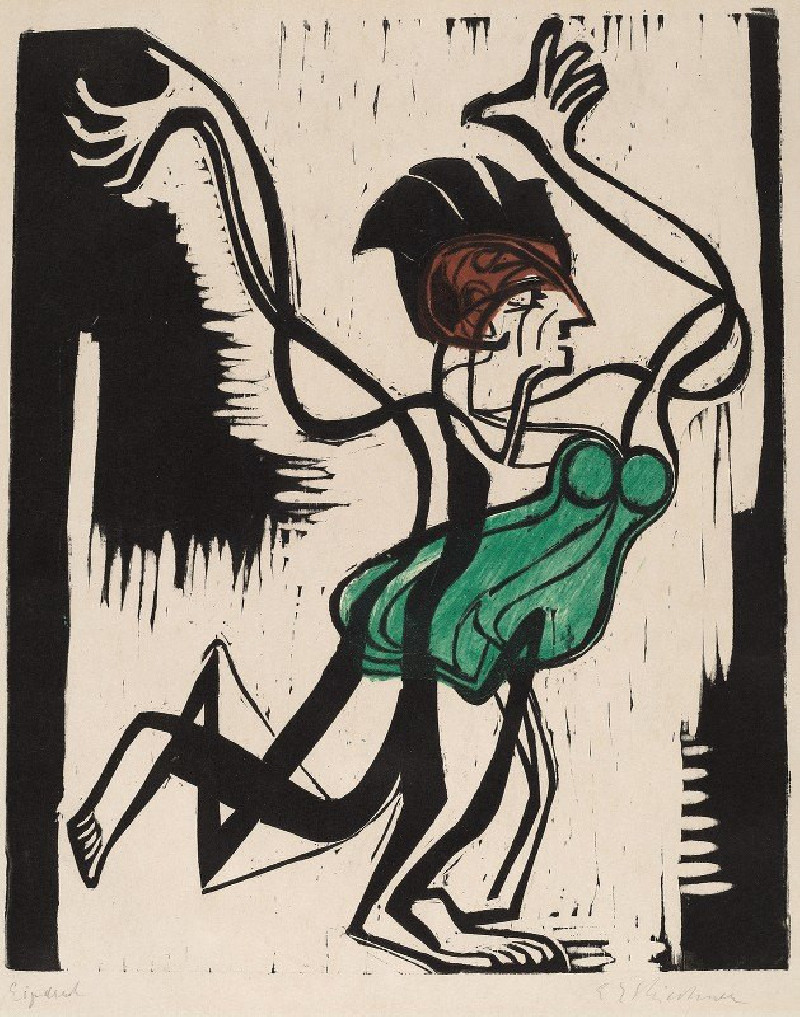
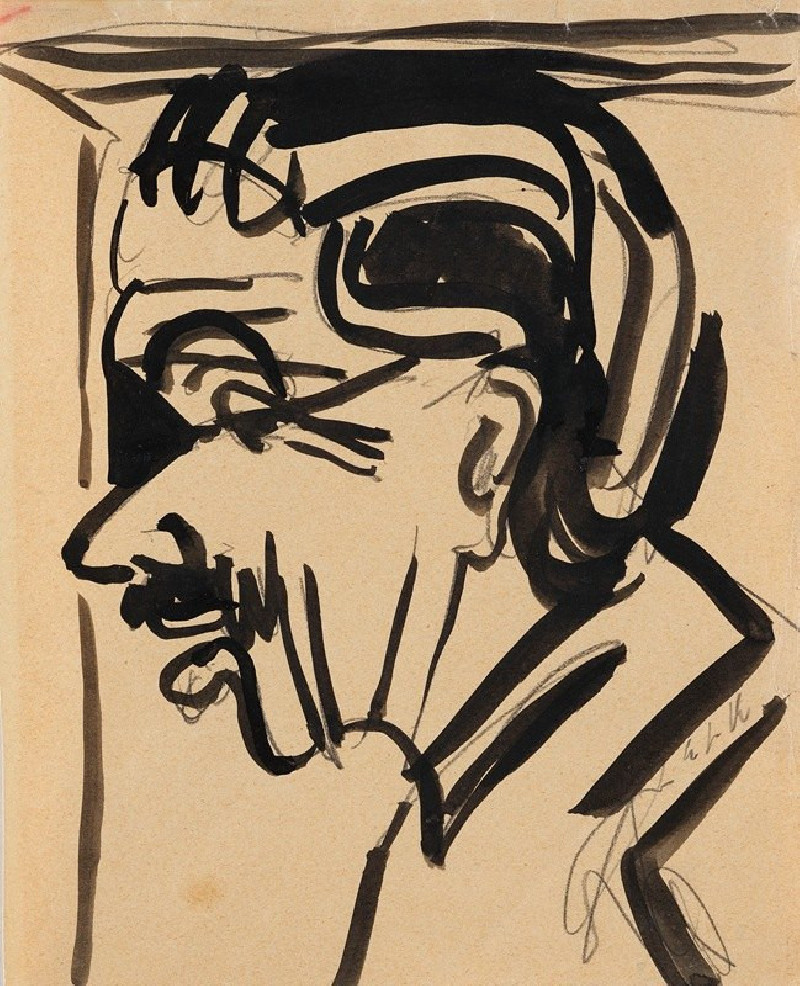
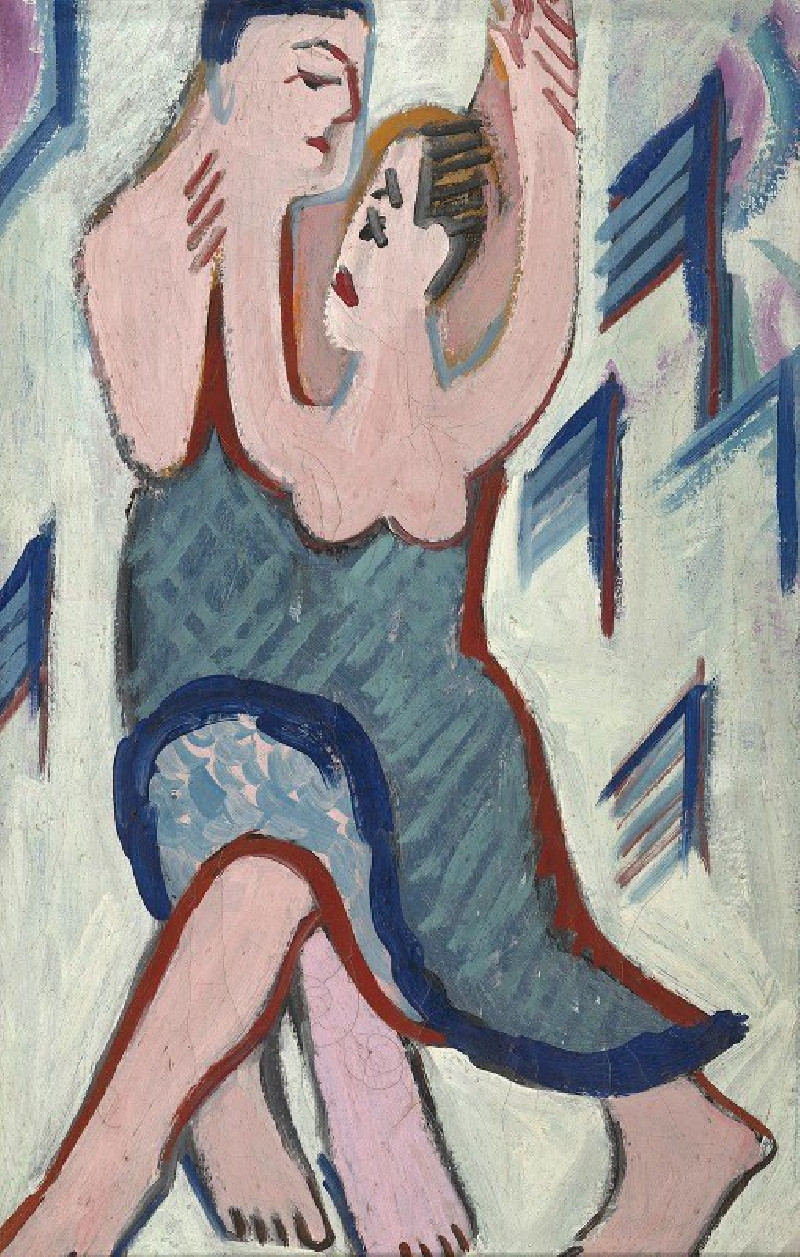
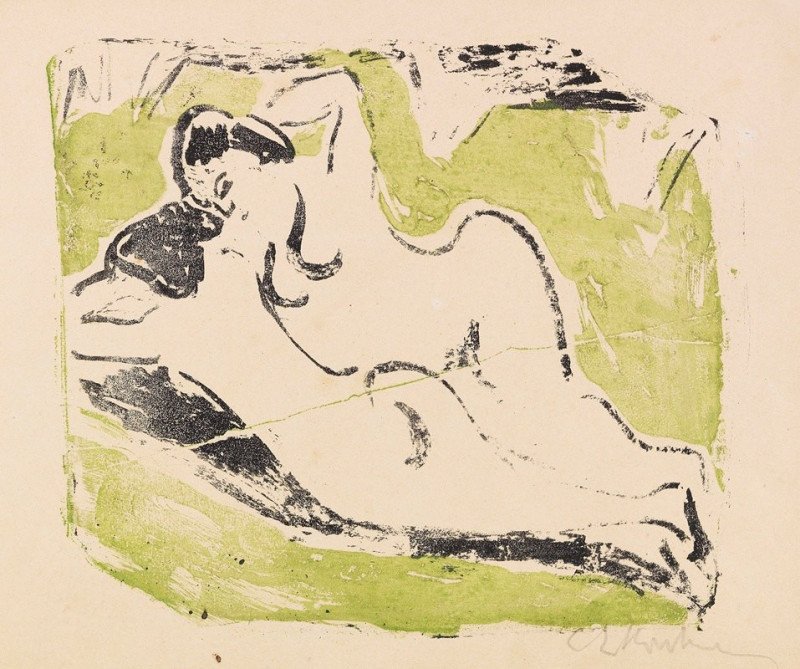
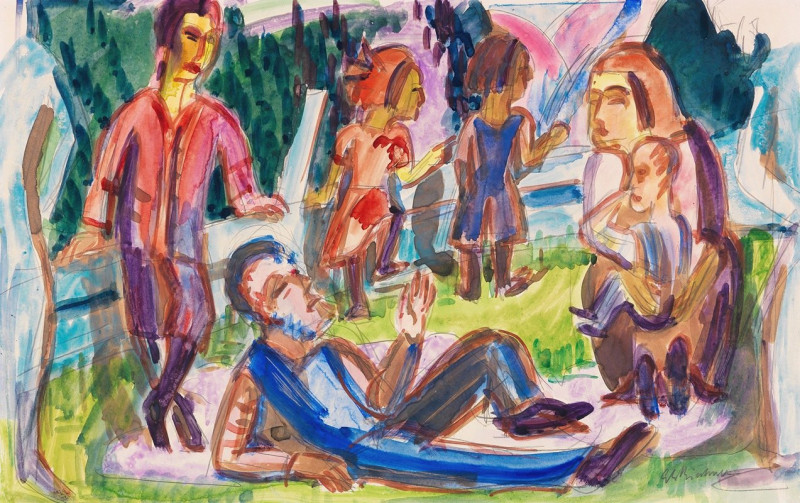
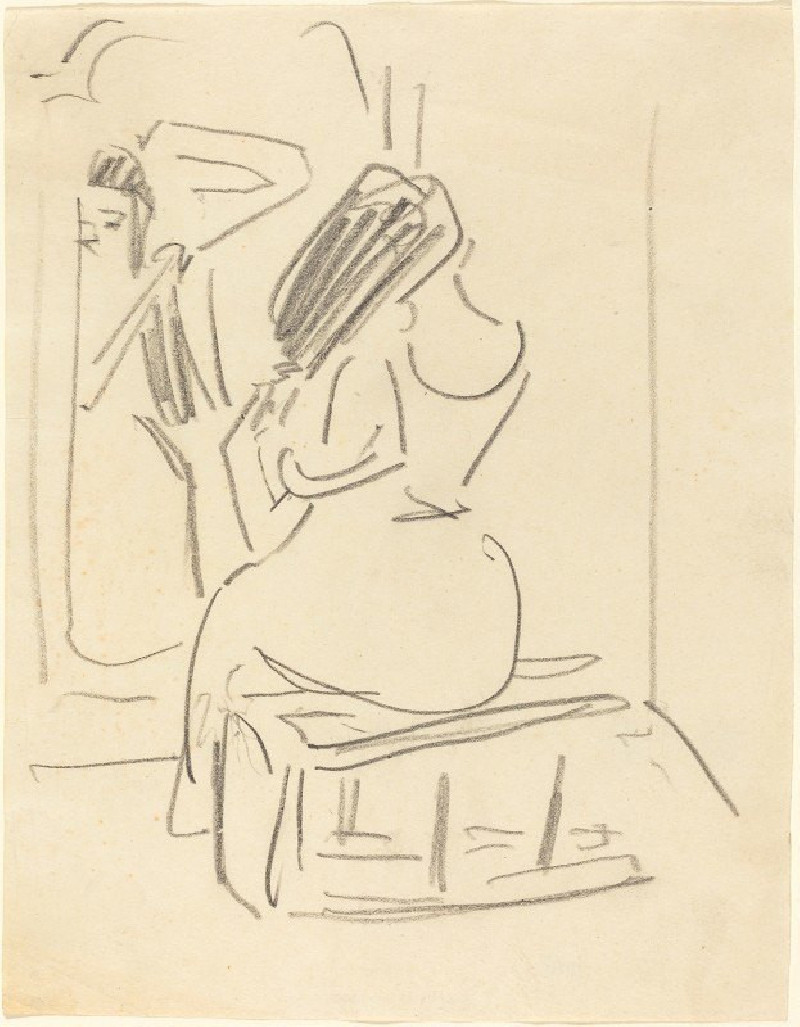
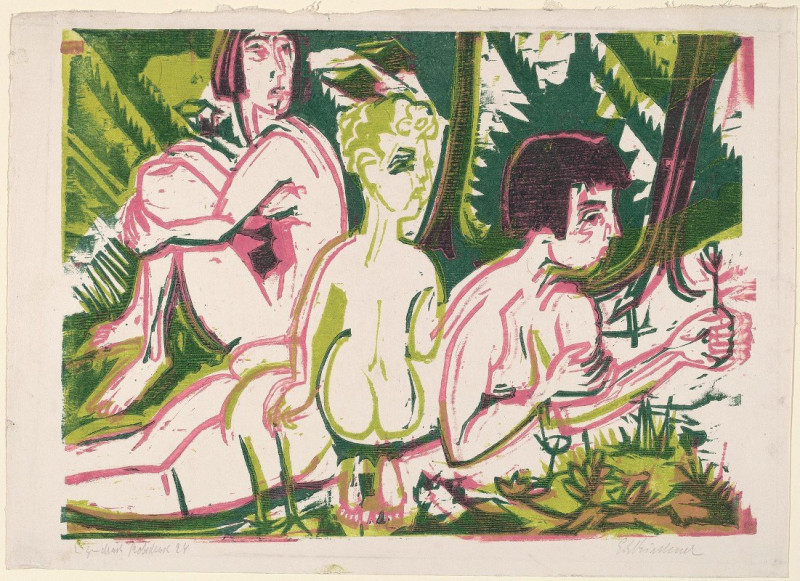
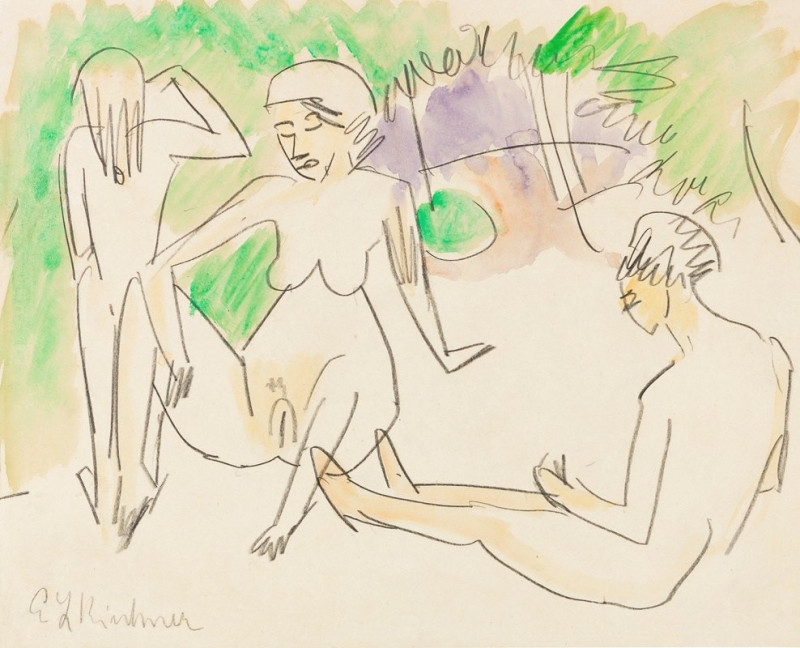
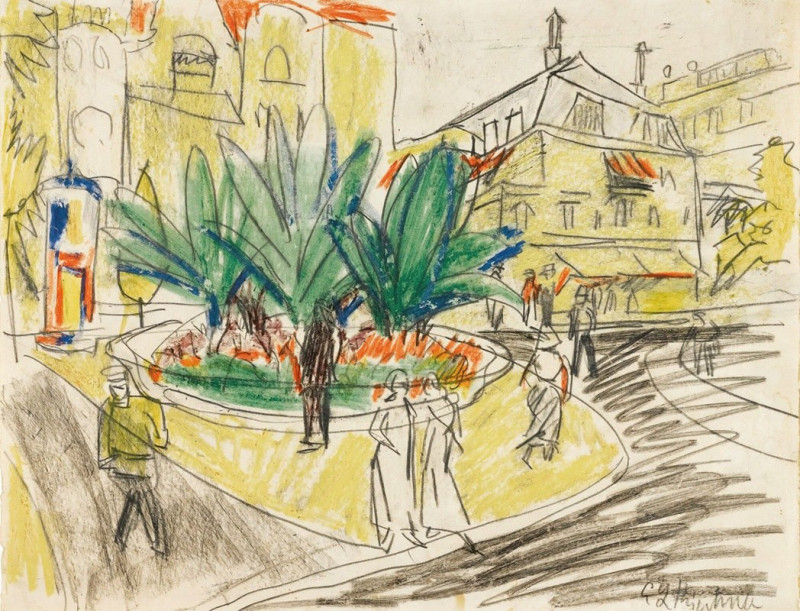
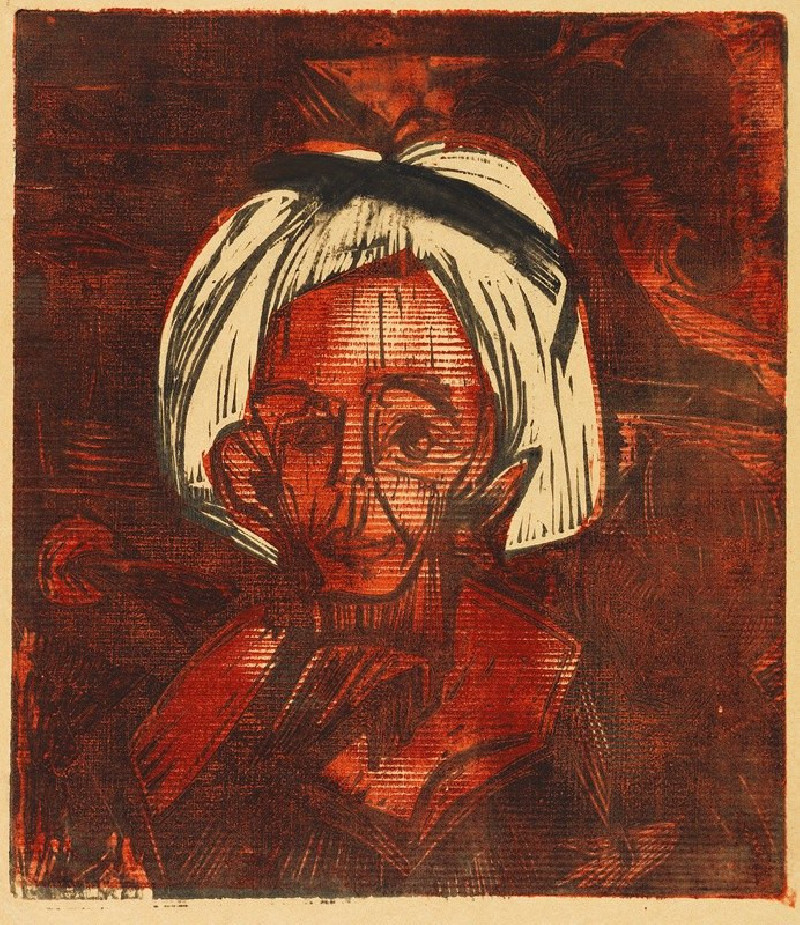
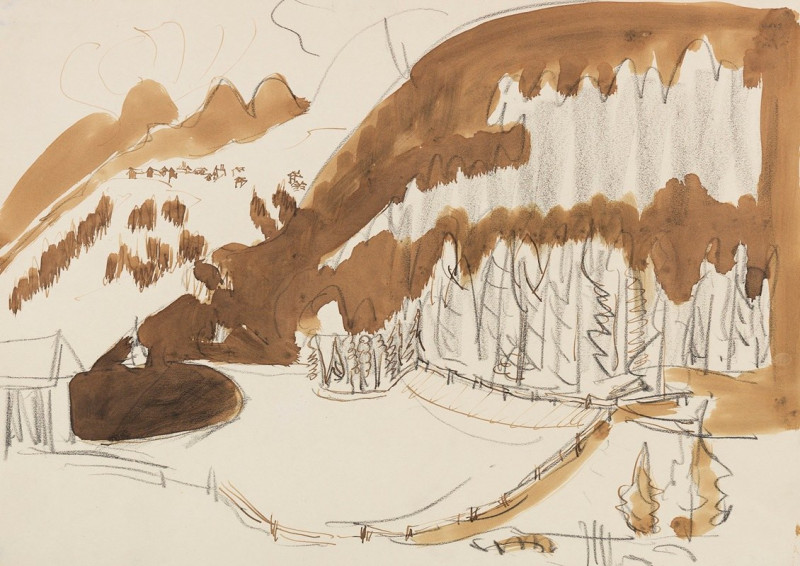
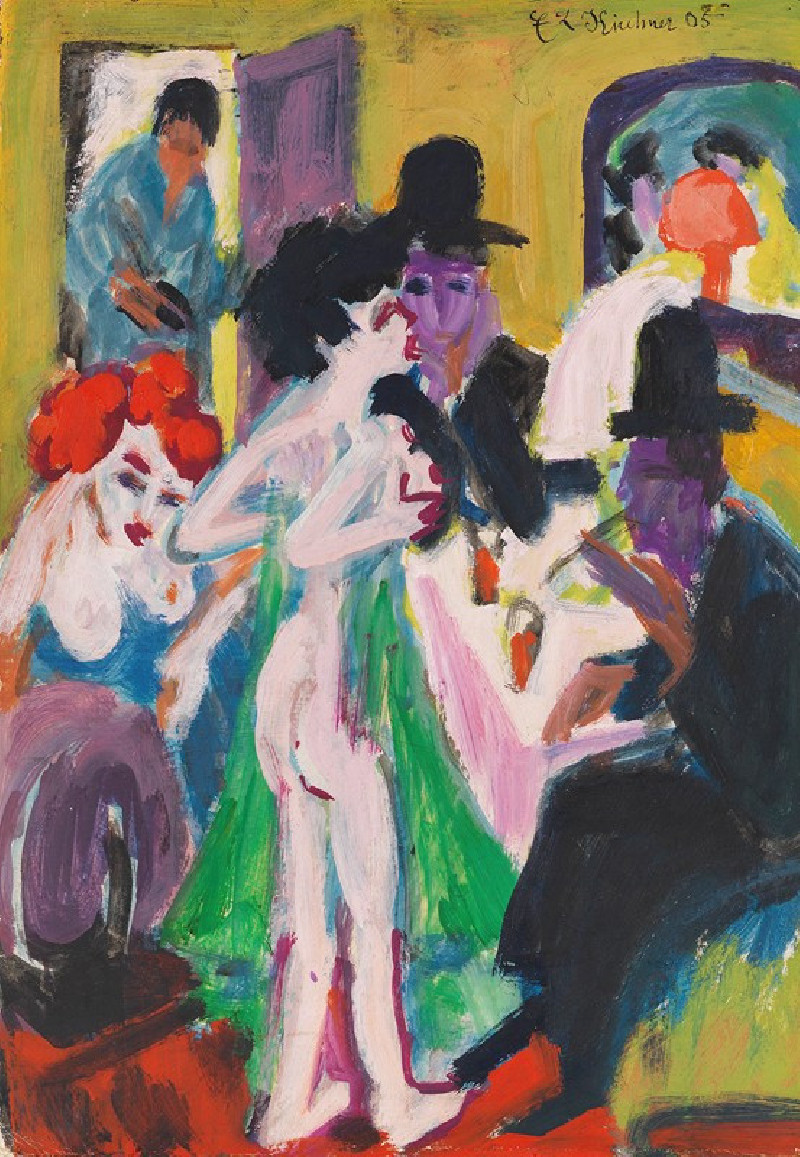
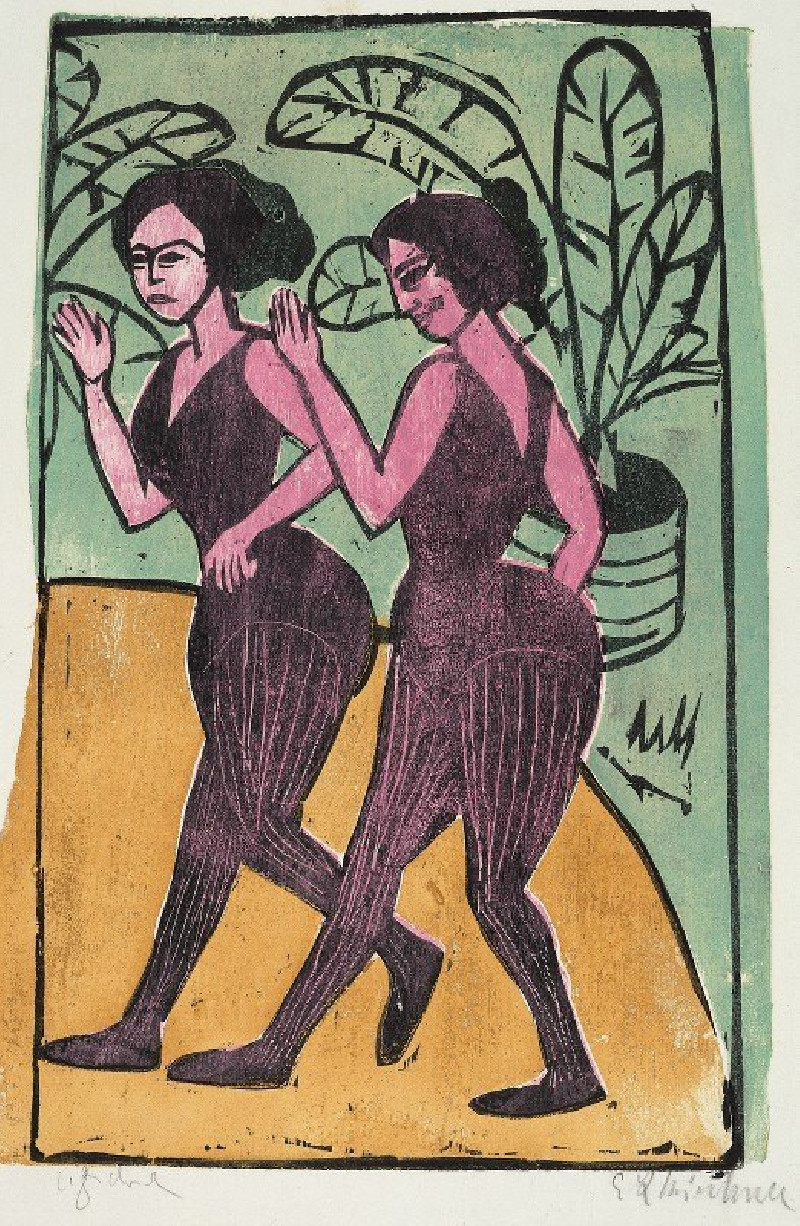
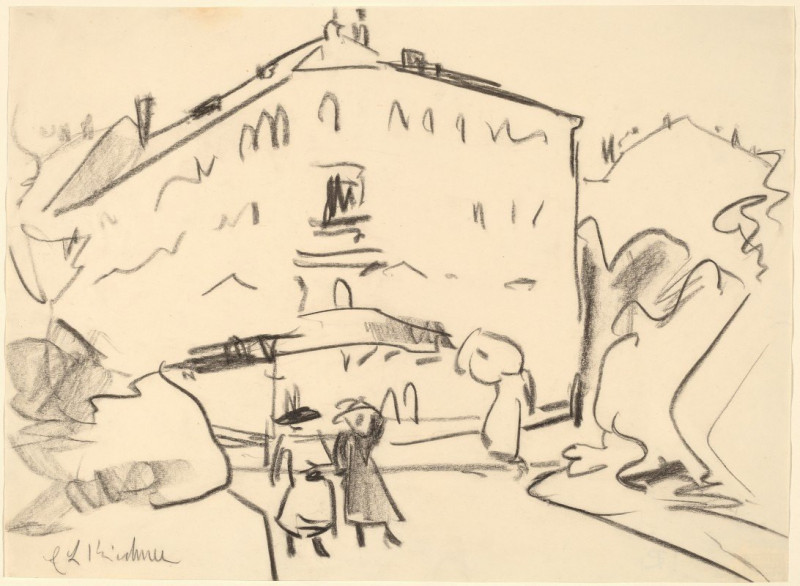
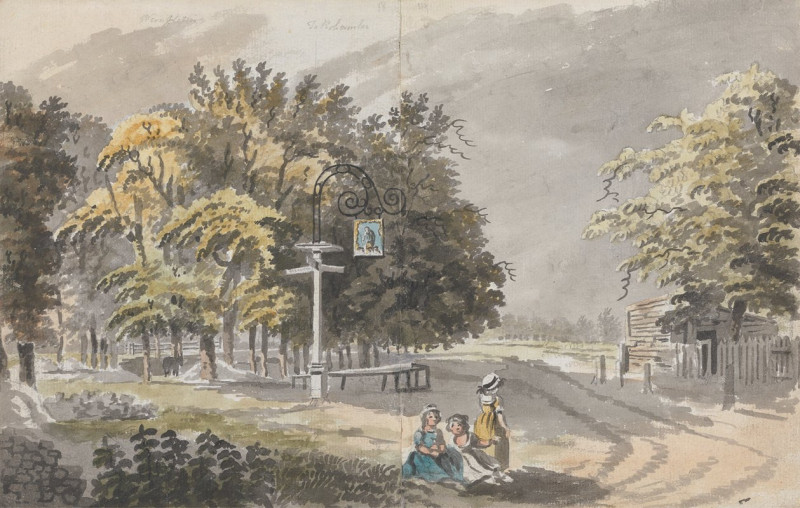
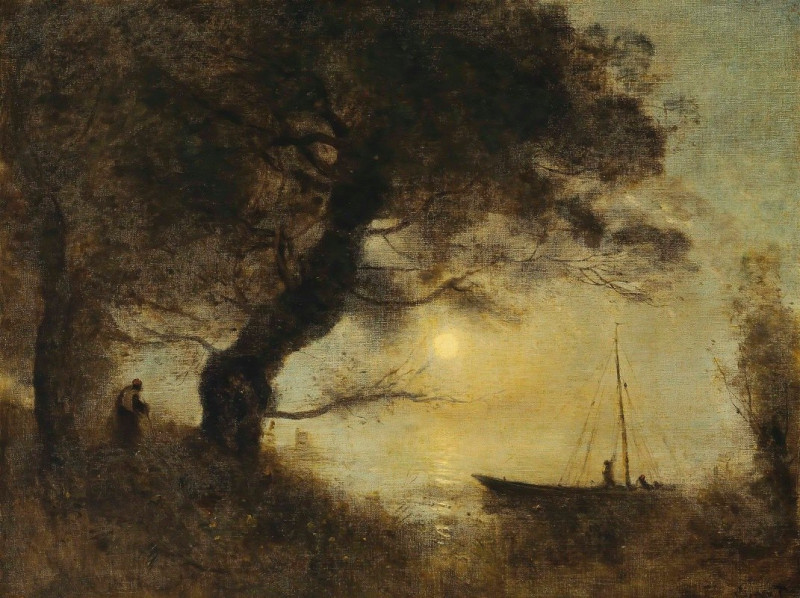
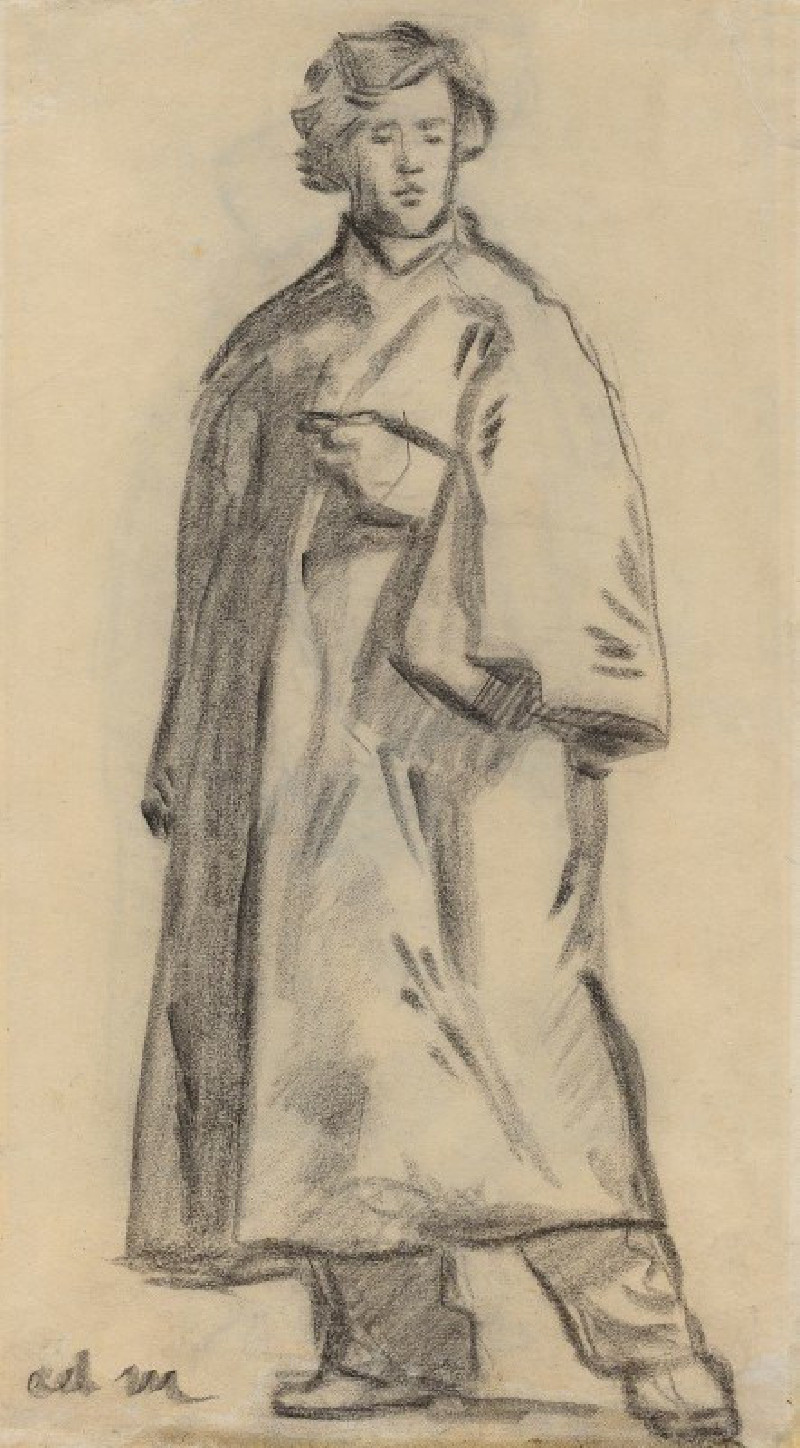
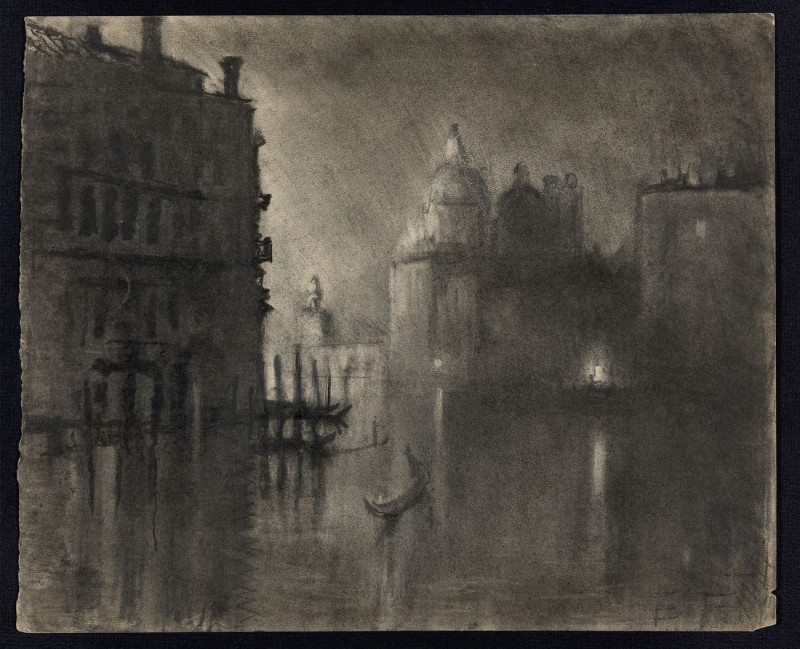
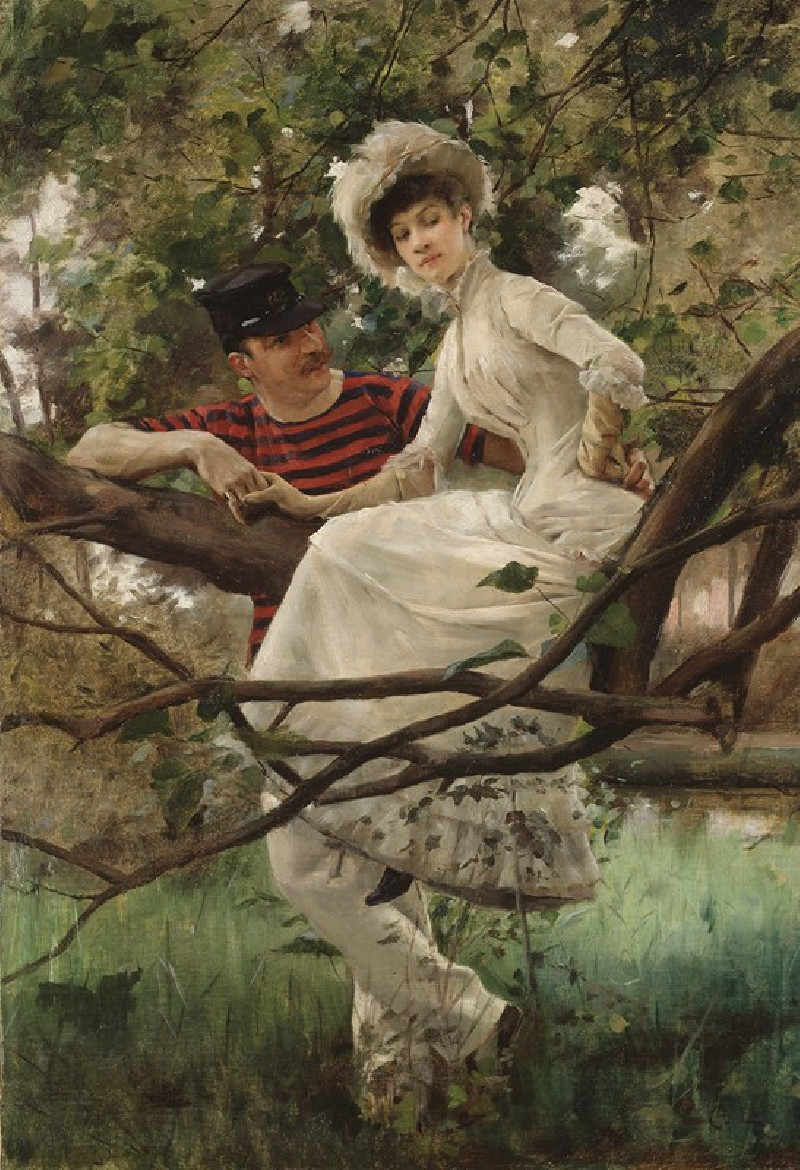
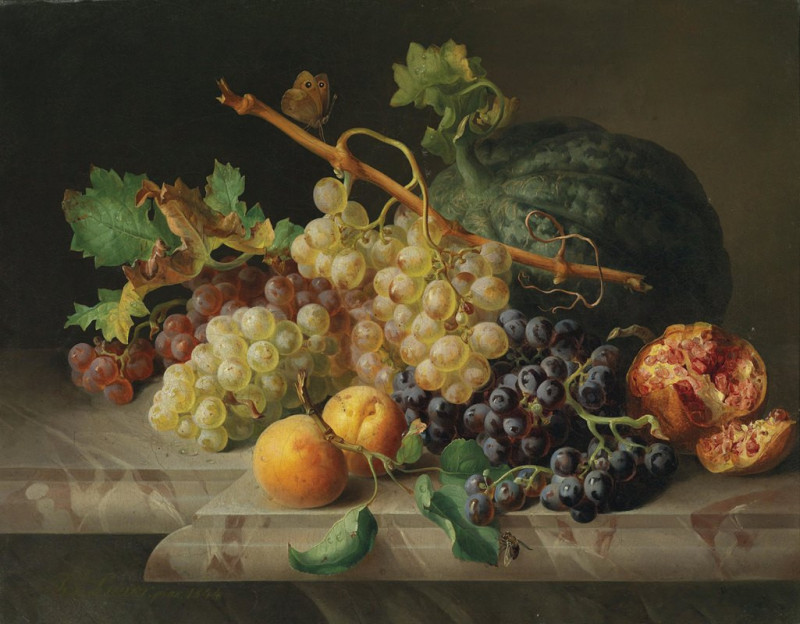
![Two Heads Are Better Than One [Poor Folly] (Disparate Pobre) (ca. 1813-1820) reproduction of painting by Francisco de Goya. A...](https://reprodukcijos.lt/37228-large_default/reproduction-of-two-heads-are-better-than-one-poor-folly-disparate-pobre-ca-1813-1820.jpg)
